Prototipagem rápida revolucionou a maneira como os produtos são desenvolvidos, helping companies and innovators swiftly move from concept to production-ready models. It serves as an invaluable step in product development, enabling quick evaluation of designs, facilitating improvements, and minimizing risk before full-scale manufacturing begins.
Key benefits of rapid prototyping include accelerated development timelines, reduced costs, and improved product accuracy. Selecting the right rapid prototyping method can directly influence the success and efficiency of your project.
What is a Prototype?
A prototype is a preliminary model or sample of a product built for the purpose of testing a design, concept, ou funcionalidade. Prototypes serve several essential functions:
Proof of Concept: Prototypes verify if a design idea is feasible, practical, and meets the intended objectives.
Design Validation: Allows designers and engineers to identify flaws, refine aesthetics, and enhance functionality early in the process.
Feedback Gathering: Facilitates obtaining user and market feedback before committing substantial resources to mass production.
Production Assessment: Enables an evaluation of the manufacturing processes, materiais, and cost considerations involved in mass production.
Prototyping expedites innovation, reduces uncertainty, and often proves invaluable in ensuring product success.
Rapid Prototyping Manufacturing Options
Several methods have become prevalent due to their speed, precisão, and suitability for diverse project needs. The three prominent rapid prototyping methods include CNC machining, 3D impressão, e elenco de vácuo.
Usinagem CNC
CNC (Controle numérico do computador) machining involves using computer-controlled cutting and shaping machines to carve prototypes from solid blocks of material, normalmente metal ou plástico.
Advantages of CNC Machining:
Exceptional Accuracy and Precision: Capable of meeting extremely tight tolerances, making it ideal for highly detailed and exacting designs.
Complex Geometry Handling: CNC equipment can accurately create intricate shapes and features that manual machining cannot.
Durability and Material Versatility: CNC prototypes are robust and closely resemble final products in terms of material strength and properties.
Excelente acabamento superficial: Capable of providing high-quality finishes that require minimal post-processing.
Typical Applications of CNC Prototyping:
Mechanical components
Peças aeroespaciais e automotivas
Complex engineering models
Durável, functional prototypes suitable for rigorous testing
3Impressão D
3D impressão, also known as additive manufacturing, creates prototypes layer-by-layer using computer-aided design (cafajeste) arquivos. This method has seen rapid advancement due to its affordability and speed.
Advantages of 3D Printing:
Velocidade e eficiência: Quick production turnaround times, allowing iterative design processes within a short timeframe.
Custo-benefício: Relatively inexpensive, especially when using standard plastic materials.
Alta precisão: Allows complex geometries and intricate internal structures difficult to achieve by traditional manufacturing methods.
Limitations of 3D Printing:
Resistência Material: Generally lower durability compared to CNC-machined prototypes.
Acabamento de superfície: Usually requires additional post-processing to improve surface smoothness.
Typical Applications of 3D Printing:
Conceptual models and early-stage designs
Medical prosthetics and dental models
Architectural models
Low-stress functional components
Elenco de vácuo
Vacuum casting, also known as urethane casting, involves creating a silicone mold from an original pattern (often created via CNC machining or 3D printing). Liquid resin or metal is poured into the mold within a vacuum chamber to eliminate air bubbles, resulting in accurate, defect-free castings.
Advantages of Vacuum Casting:
Precision and Detail: Molds replicate details of original prototypes, ensuring high fidelity.
Versatilidade de materiais: Capable of producing prototypes in various plastic and elastomeric materials that closely resemble final production materials.
Suitable for Short Runs: Ideal for small batches or limited production runs due to mold reusability.
Limitations of Vacuum Casting:
Considerações de custo: More expensive per piece compared to 3D printing, particularly for small quantities, due to material and labor intensity.
Limited Mold Life: Silicone molds typically degrade after a certain number of casts, limiting their reuse.
Typical Applications of Vacuum Casting:
Pre-production small batch runs
High-quality visual models
Functional testing prototypes
Components needing close resemblance to final products
Choosing the Right Prototyping Technique
Selecting the optimal prototyping technique depends on various factors such as:
Prototype Objective: Is it primarily functional, visual, ou ambos?
Requisitos de materiais: Specific material properties (por exemplo., força, flexibilidade, resistência química).
Restrições orçamentárias: Balancing cost-effectiveness against prototyping needs.
Time Limitations: How quickly the prototype is required.
Durability Needs: Whether the prototype will undergo extensive testing or be purely demonstrational.
Leveraging professional expertise ensures that these factors are accurately evaluated. Experienced prototyping specialists can recommend the best process based on your specific design needs, project timeline, orçamento, and production considerations.
Conclusion and Call to Action
Rapid prototyping is a critical phase of product development, significantly enhancing product viability and reducing potential production risks. Usinagem CNC, 3D impressão, and vacuum casting each offer unique advantages tailored to different prototyping scenarios.
By partnering with a trusted prototyping provider with extensive industry experience—like ours, with over 15 years of specialized expertise—you can ensure the highest quality outcomes. Our comprehensive knowledge, equipamento avançado, and diverse material capabilities position us uniquely to recommend and execute the best prototyping approach for your specific requirements.
When you’re ready to move forward, we invite you to consult our experts for personalized guidance and an accurate estimate. Let us help bring your ideas to life quickly, precisely, and cost-effectively.
Here are five FAQ sections you can add to the article to enhance SEO and address common reader queries:
Perguntas frequentes
1. How long does rapid prototyping typically take?
Rapid prototyping timelines depend on the chosen technique and complexity of the design. CNC machining and 3D printing can deliver prototypes within days, whereas vacuum casting typically takes slightly longer due to mold preparation, usually between one to two weeks.
2. Which rapid prototyping technique is the most cost-effective?
For initial prototypes, especially those requiring frequent iterations, 3D impressão often provides the most cost-effective solution due to its lower setup cost. Usinagem CNC e fundição a vácuo are economical for more robust prototypes or when durability and precision justify slightly higher initial investments.
3. Can prototypes be used for functional testing?
Sim, prototypes made through CNC machining and vacuum casting are particularly suitable for rigorous functional testing due to their material strength and accuracy. 3D printed prototypes are suitable for lighter, less rigorous testing scenarios.
4. Are there limitations in prototype materials?
Material choice varies with the prototyping method. CNC machining offers the widest variety, including metals and engineering plastics. 3D printing generally utilizes specific plastics and resins, whereas vacuum casting materials closely mimic production-grade plastics and elastomers, offering good material flexibility.
5. How accurate are rapid prototypes compared to the final product?
All rapid prototyping methods discussed—CNC machining, 3D impressão, and vacuum casting—produce highly accurate prototypes. CNC machining typically offers the highest precision, closely followed by vacuum casting and 3D printing. The choice depends on your project’s accuracy requirements and intended application.
Meta título: Técnicas rápidas de fabricação de protótipos: CNC, 3Impressão D & Elenco de vácuo
Meta Descrição: Learn about rapid prototyping techniques like CNC machining, 3D impressão, e elenco de vácuo. Discover their advantages, limitações, aplicações, and how to choose the best method for your product design.
Leia mais:

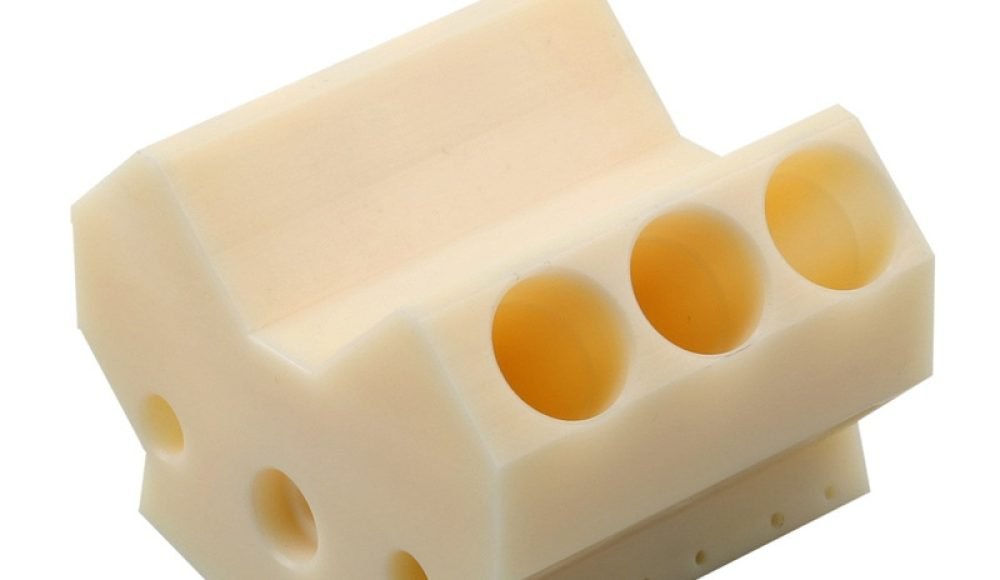
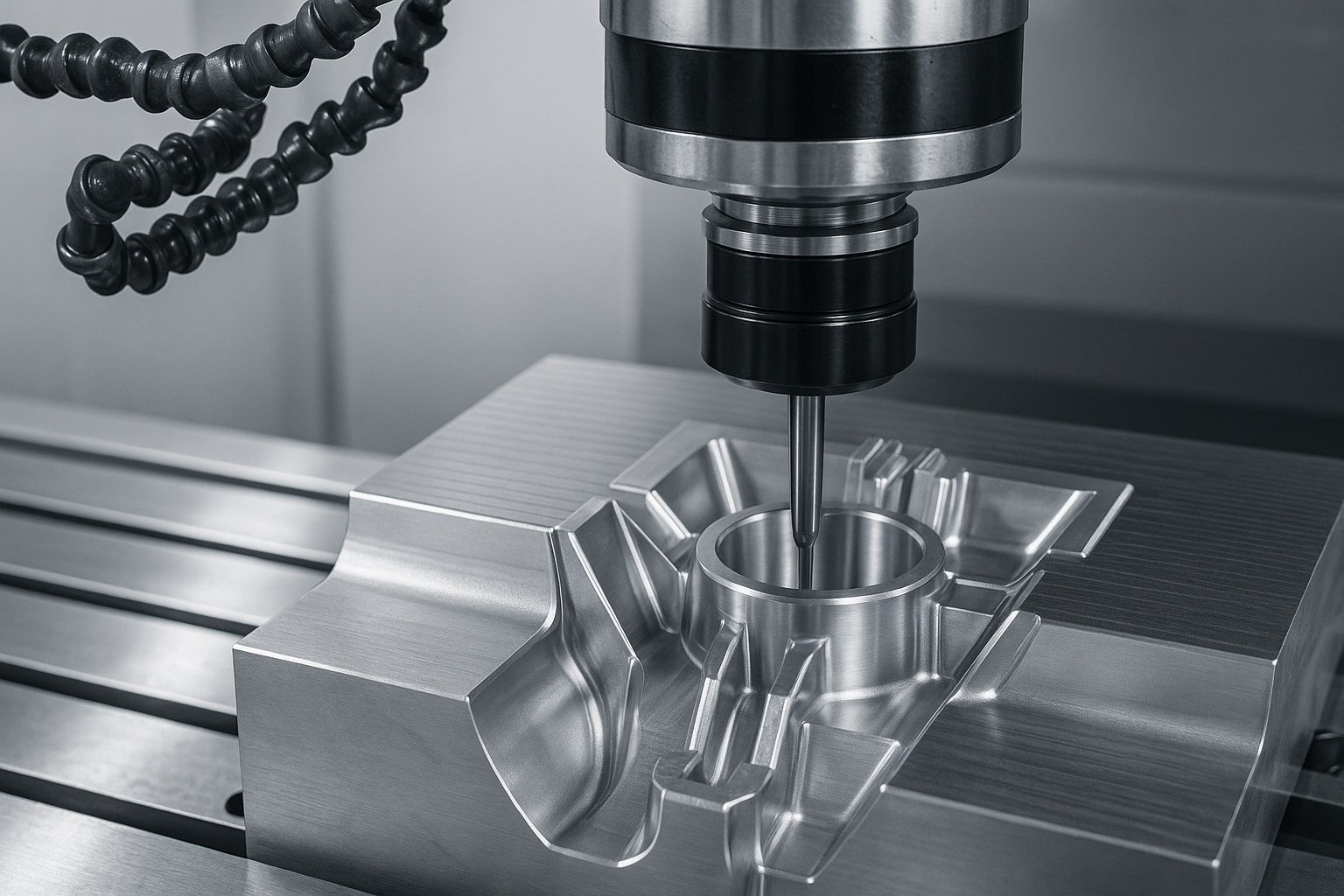
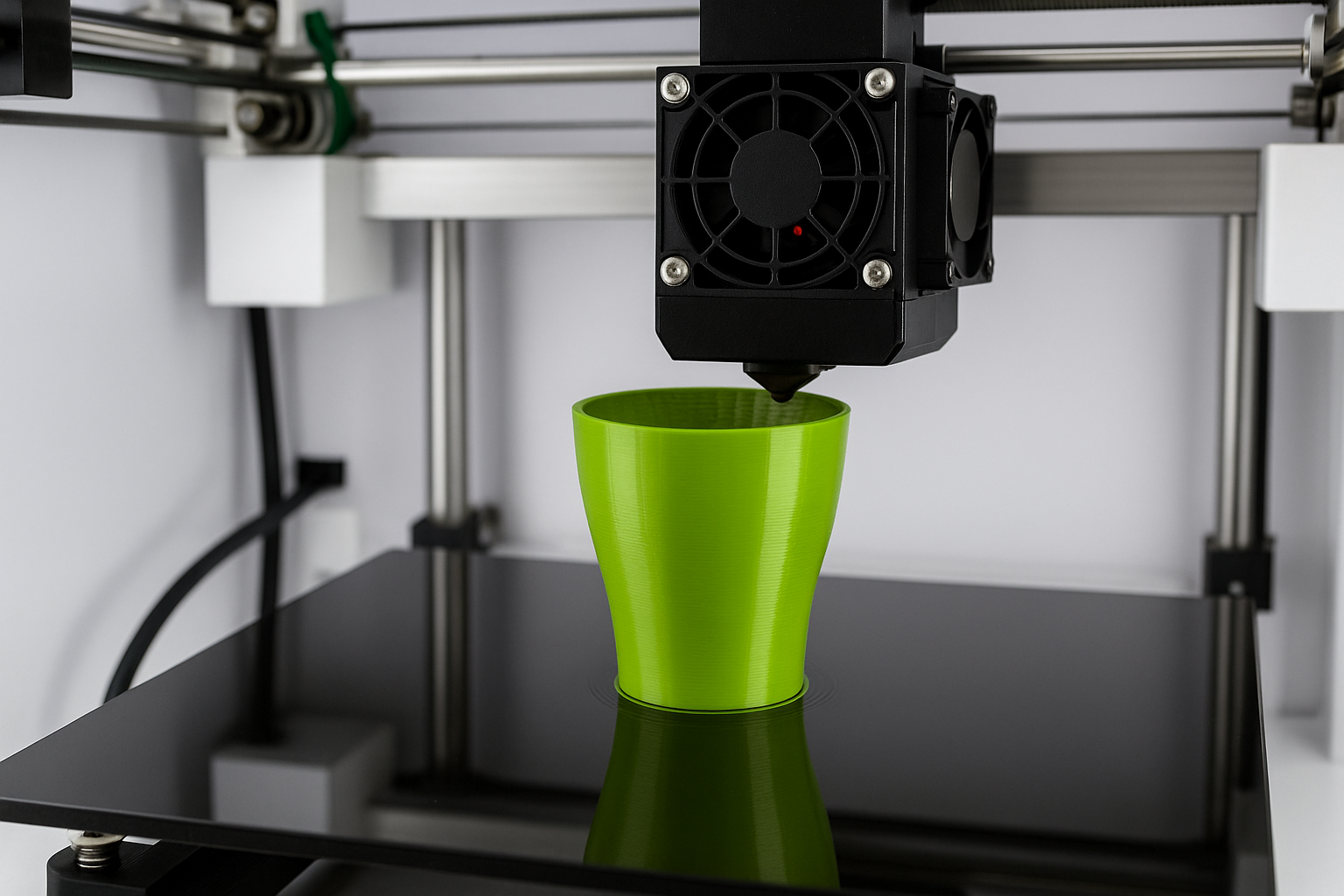
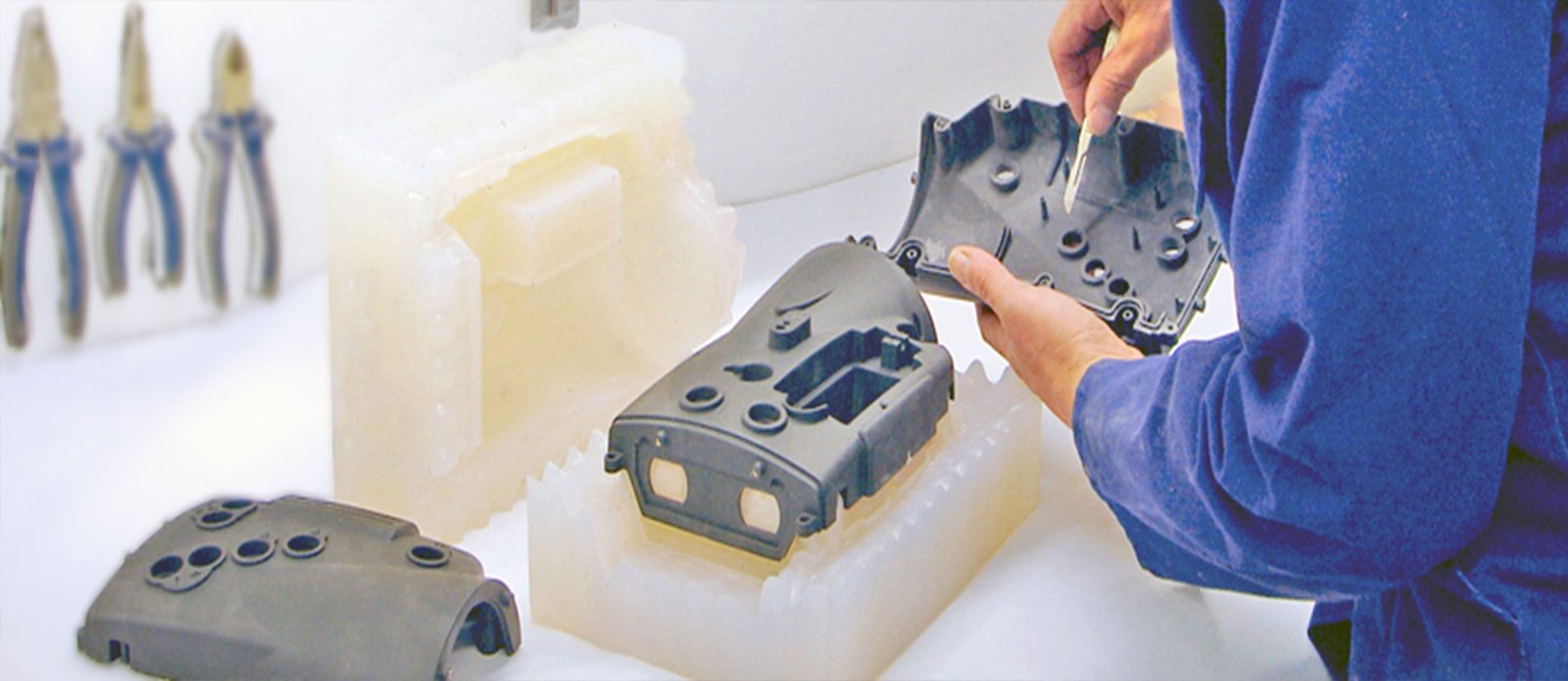

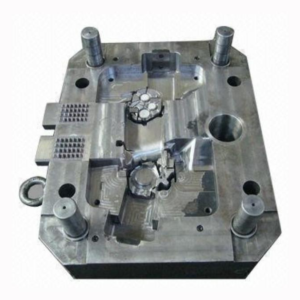
1 pensei em “Técnicas rápidas de fabricação de protótipos: Usinagem CNC, 3Impressão D, e elenco de vácuo”